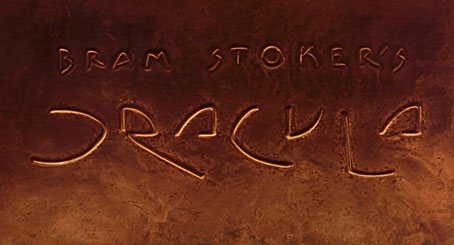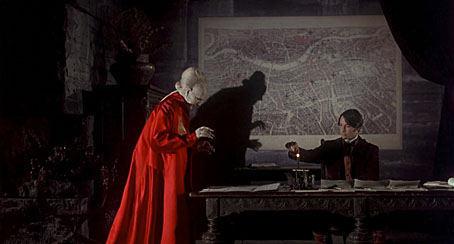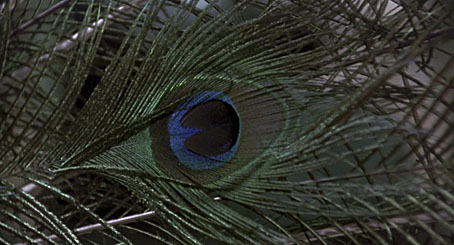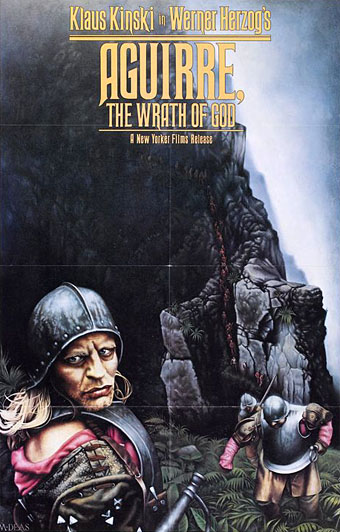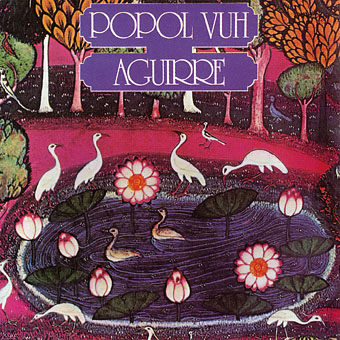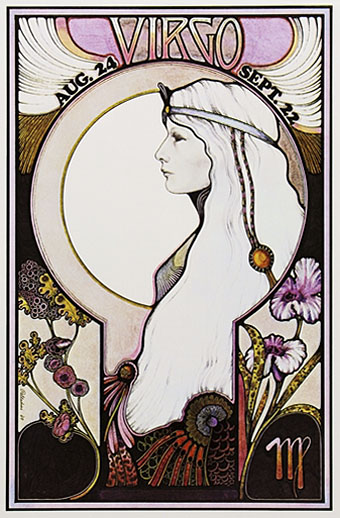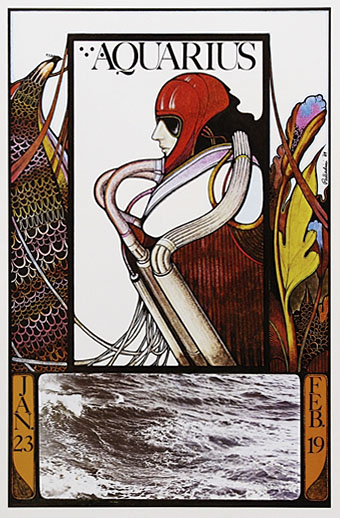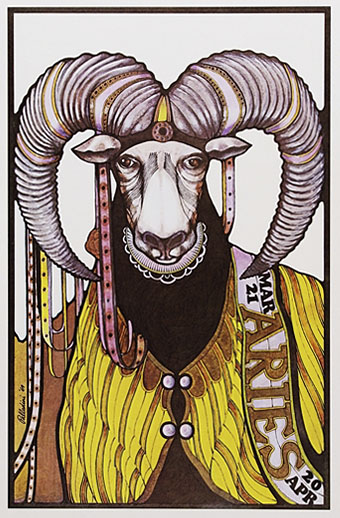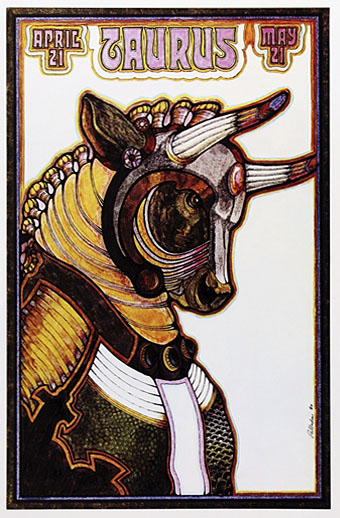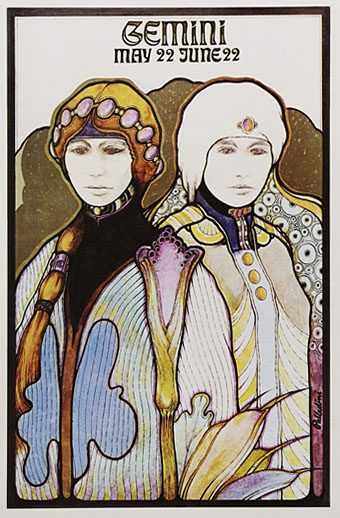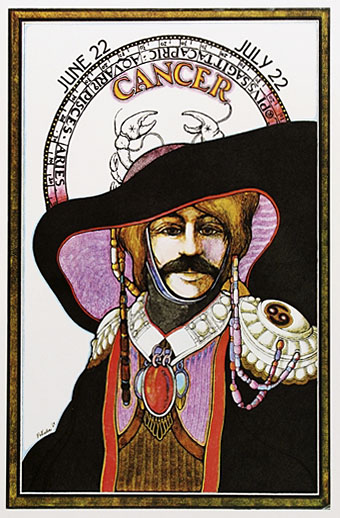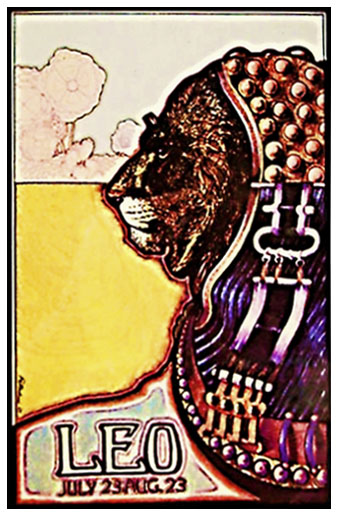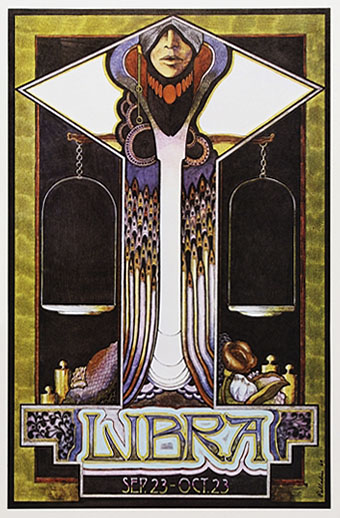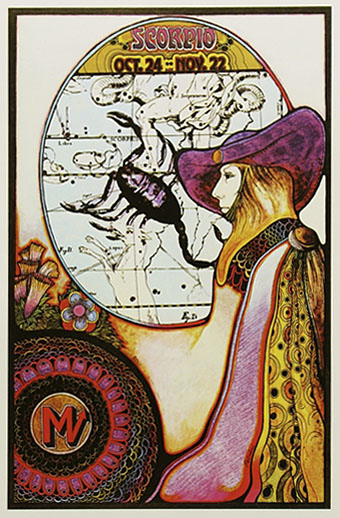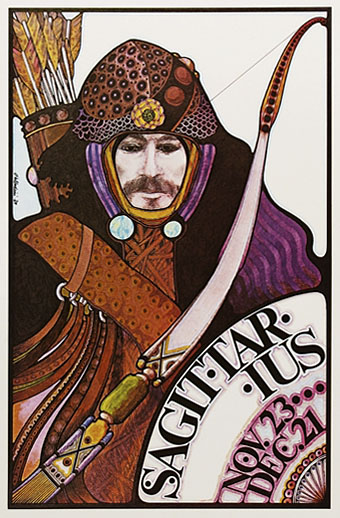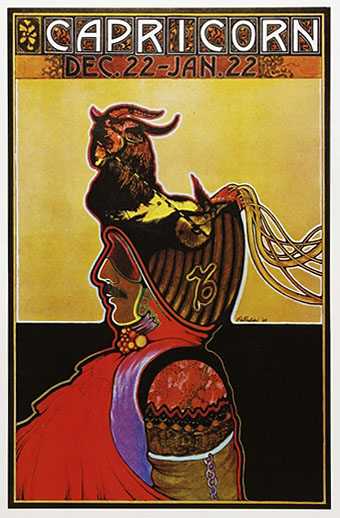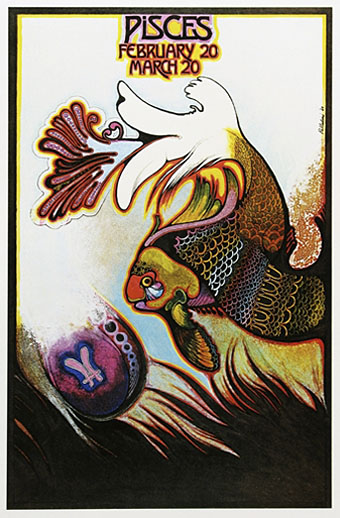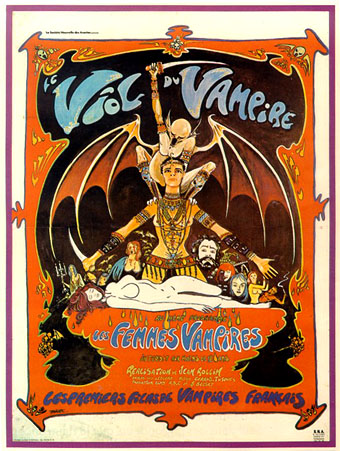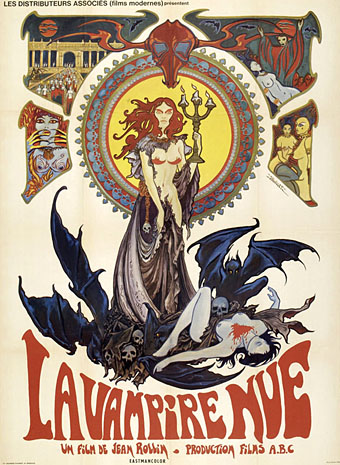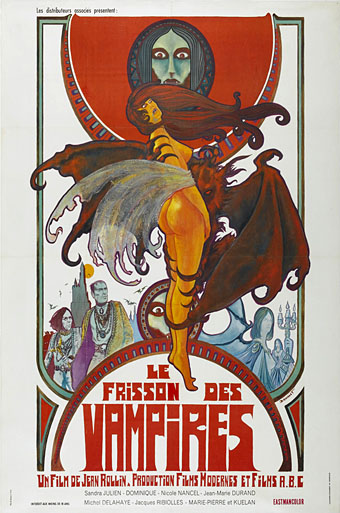A peacock. Photograph by Vidhya Narayanan.
Posted at the Weird Fiction Review in the past week, The Weird (or Étrange) Questionnaire is Éric Poindron’s Weird (or Étrange) riposte to the Proust Questionnaire. I’d read the post, and seen Jeff VanderMeer’s answers to the questions, but wasn’t planning on answering it myself until Neddal Ayad wrote asking whether I’d be willing to do so for a future WFR assembly of responses. So here we are. The rules are as follows:
…there are sixty questions (twice as many as most versions of the Proust Questionnaire). Spend no more than a minute on each, and an hour in total. However, don’t keep checking your watch: “let writing define time.”
In the end I took longer than an hour but the time limit is a good idea, otherwise I’d have spent far too long pondering, revising, qualifying remarks, unqualifying the qualifications, and so on. Deadlines have their uses.
The Weird Questionnaire
1: Write the first sentence of a novel, short story, or book of the weird yet to be written.
The first night of winter moonlight revealed a pattern of tiny runic figures etched inside the window glass.
2: Without looking at your watch: what time is it?
01:15
3: Look at your watch. What time is it?
01:20
4: How do you explain this—or these—discrepancy(ies) in time?
It’s always later than you think.
5: Do you believe in meteorological predictions?
“Believe” seems the wrong word in this context since the question concerns a conjecture based on scientific study. Short-range forecasts are fine, long-range ones seldom seem to be.
6: Do you believe in astrological predictions?
If this refers to newspaper columns, they’re always so vague they may as well be computer-generated. Maybe they are.
7: Do you gaze at the sky and stars by night?
Yes, when I’m out of the city.
8: What do you think of the sky and stars by night?
My bad eyesight (the stars are always a blur), the length of time the light has taken to reach us, how the familiarity of the few stars we do manage to see shields us from the true immensity of the stellar gulfs.
9: What were you looking at before starting this questionnaire?
A guest post by Clive Hicks-Jenkins on Kathe Koja’s blog.
10: What do cathedrals, churches, mosques, shrines, synagogues, and other religious monuments inspire in you?
Further appreciation of the values of art, architecture and related crafts. In the case of cathedrals: astonishment at the feats of labour required to build them in a pre-industrial age; their presence as sites of accumulated history.


